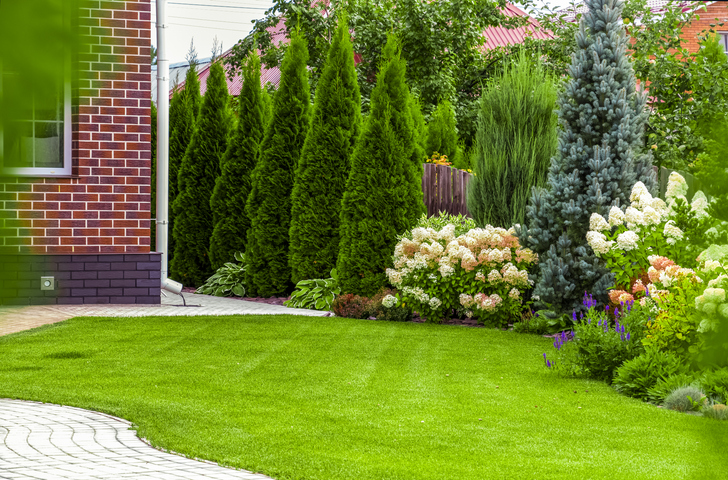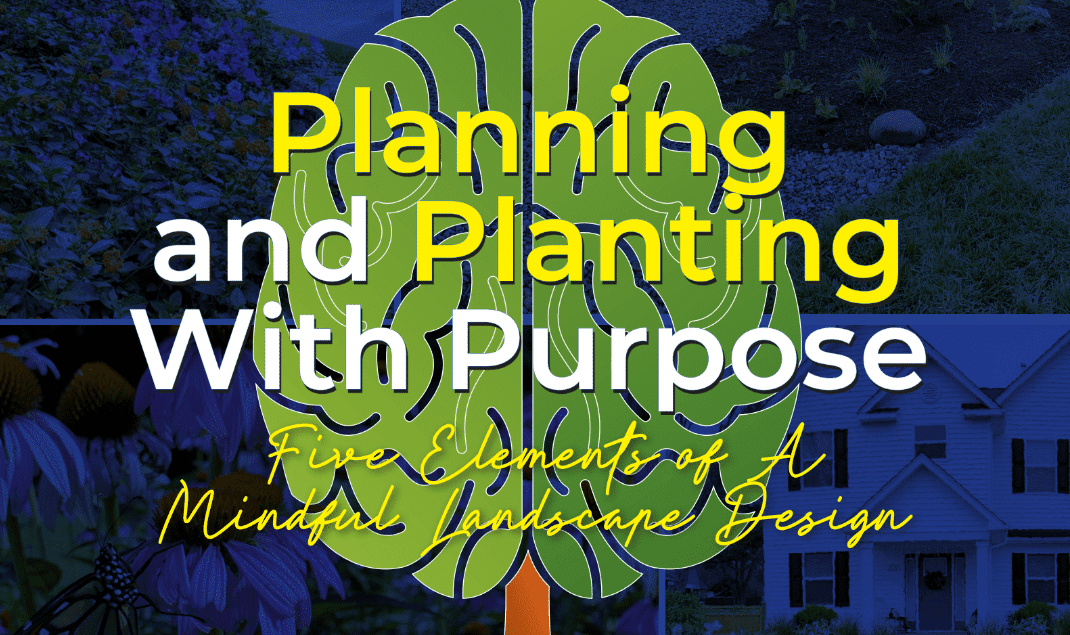Hilton Head Landscapes Fundamentals Explained
Hilton Head Landscapes Fundamentals Explained
Blog Article
Getting My Hilton Head Landscapes To Work
Table of ContentsMore About Hilton Head LandscapesMore About Hilton Head LandscapesThe Single Strategy To Use For Hilton Head LandscapesMore About Hilton Head LandscapesWhat Does Hilton Head Landscapes Do?Indicators on Hilton Head Landscapes You Need To KnowThe Basic Principles Of Hilton Head Landscapes How Hilton Head Landscapes can Save You Time, Stress, and Money.
Form compatibility is also a significant element of unity in designone or two strikingly different types benefit contrast and focus, however generally all other types should have some similarities for a combined appearance. Texture describes exactly how crude or great the surface of the plant or hardscape product really feels and/or looks.
Instances of plants with crude structure consist of philodendrons, agaves, bromeliads, hollies, palms, and hydrangeas. Hardscape with rugged texture consists of rough-cut stone, rough-finished block, and incomplete wood with knots and an elevated grain. Aged or old construction material that preserves a weather-beaten surface area is typically rugged in appearance. Features that create fine texture consist of little foliage; slim, strappy leaves (lawns) or tall, thin stems; small, thick branches and little branches; long stems (vines); and small, fragile flowers.
The 7-Second Trick For Hilton Head Landscapes
Most plants are average appearance, in that they can not be described as having either crude or fine texture. Medium-textured plants act as a history to web link and merge the rugged- and fine-textured plants.

To make an area feel smaller, position the coarse appearances along the external border and the great textures closest to the customer. The detail of the crude texture makes the plants appear closer and makes the area feel smaller. The regarded structure of plants can additionally change with the distance from the plant.
The Ultimate Guide To Hilton Head Landscapes
Bold colors enhance the contrast and make the structure appear coarser, while muted colors can squash structure. Hardscape with a rugged texturesuch as very rough rocks and vibrant, huge timberstends to make all plant product appear much more average textured. Designers often create a structure research study (Figure 8) on paper to assist choose the plan of plant materials.
Shade in plant material and hardscape adds rate of interest and range to the landscape. Color is the most obvious element in the landscape and is normally the emphasis of many property owners; nevertheless, it is also the most short-lived component, normally lasting just a few weeks a year for private plants.
The 7-Minute Rule for Hilton Head Landscapes
A basic summary of the shade wheel consists of the 3 key shades of red, blue, and yellow; the 3 secondary colors (a mix of 2 primaries) of green, orange, and violet; and six tertiary colors (a mix of one adjacent key and additional shade), such as red-orange. Color theory clarifies the relationship of colors per various other and exactly how they ought to be utilized in a composition.

Comparable (occasionally called unified) color plans are any kind of 3 to five shades that are surrounding on the shade wheel, such as red, red-orange, orange, yellow-orange, and yellow, or blue, blue-violet, and violet (landscapers hilton head island). The colors relate to each other because they usually consist of two primaries blended to create a second and two tertiary shades, which suggests they share usual residential or commercial properties
Complementary colors are often located normally in blossoms; a common set is yellow and violet. Color is located in the blossoms, foliage, bark, and fruit of plants.
Unknown Facts About Hilton Head Landscapes
Environment-friendly vegetation in all its various shades is the leading color by amount, but other colors record attention quicker due to the fact that of their high contrast to the shade eco-friendly. Color is likewise found in buildings, rocks, pavers, wood, and furnishings. The majority of shades in all-natural materials, such as rock and wood, are commonly muted and have a tendency to be variations of brownish, tan, and pale yellow.
Shades have properties that can affect emotions, spatial assumption, light top quality, equilibrium, and emphasis. Cool colors often tend to be relaxing and need to be made use of in areas for leisure and serenity.
Some Known Questions About Hilton Head Landscapes.
The "temperature" of shades can also influence the assumption of distance. Amazing colors often tend to recede and are regarded as being further away, making a space really feel larger. Cozy colors tend to advance and are viewed as being better, making an area really feel smaller. Shade can likewise be utilized to record attention and direct sights.
As an example, bright yellow, which has the greatest strength, additionally has a high contrast with all various other shades (often referred to as a "pop" of color) and must be utilized moderately. A percentage of intense shade has as much visual weight as a big quantity of a more subdued or weaker color.
Comparable (sometimes called unified) color design are any 3 to 5 shades that are adjacent on the color wheel, such as red, red-orange, orange, yellow-orange, and yellow, or blue, blue-violet, and violet. The shades relate per other since they generally include two main shades mixed to create a secondary and 2 tertiary colors, which implies they share typical residential or commercial properties.
Hilton Head Landscapes Things To Know Before You Get This
Complementary shades are commonly located naturally in flowers; an usual pair is yellow and violet. Color is found in the blossoms, vegetation, bark, and fruit of plants.
Green vegetation in all its different shades is the leading shade by quantity, but various other colors capture focus quicker as a result of their high contrast to the shade green - landscaping hilton head sc - https://telegra.ph/Transform-Your-Outdoors-with-Hilton-Head-Landscapers-07-03. Shade is additionally found in structures, rocks, pavers, wood, and furnishings. Many colors in all-natural materials, such as rock and timber, are normally muted and often tend to be variants of brown, tan, and light yellow
Some Known Questions About Hilton Head Landscapes.
Shade is an essential aspect for creating interest and selection in the landscape. Shades have homes that can influence emotions, spatial perception, light quality, balance, and focus. One residential or commercial property of color is defined about temperaturecolors appear to be cool or cozy and can affect emotions or feelings. Trendy shades tend to be relaxing and need to be used in areas for leisure and serenity.
The "temperature level" of shades can also influence the understanding of distance. Great shades have a tendency to recede and are perceived as being further away, making a room really feel bigger. Warm shades tend to development and are perceived as being closer, making a room really feel smaller sized. Shade can likewise be utilized to capture interest and direct views.
For instance, bright yellow, which has the highest intensity, also has a high comparison with all other shades (frequently called a "pop" of shade) and need to be utilized sparingly. A percentage of intense shade has as much visual weight as a huge amount you can try here of an extra restrained or weaker shade.
Report this page